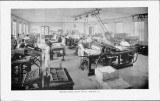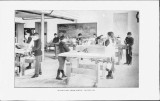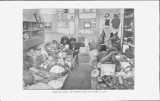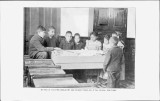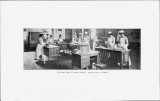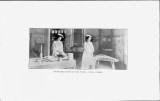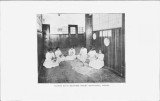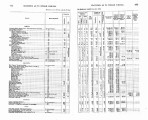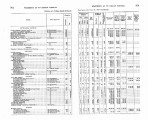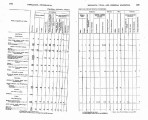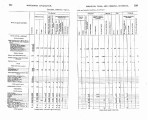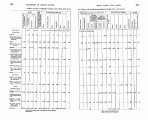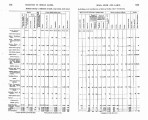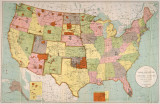| OCR Text |
Show - -. - REPOW OF TEE COMMIESTONER OF INDIAN AFBAIRS. 13 further be elaborated at other institutions, in order that farming oper-ations may be conducted under conditions of soil, climate, and methods similar to those which the Indian boy will find when he returns to his own home, which is within the territory from which the school draws its pupils. Many of the reservation schools are located in the arid regions of the West. Irrigation ditches have been provided at a number of them, while the General Government, falling in with the idea of the reclamation of much of these arid areas, is giving special attention to the matter and providing funds for irrigation systems on the reserva-tions. This being the we, instruction in farming by irrigation becomes of principal importance in the schools located in these rain-less belts. A number of reservation schools are surrounded by as fine farming lands as the country contains. The schools in Oklahoma, Kansas, Indian Territory, Wisconsin, Michigan, and Minnesota may be cited. As a typical farm school on a reservation there is no better example than the one at Seger colony, on what was the Cheyenne and Arapaho Reservation in Oklahoma. This is an institution with about 125 chil-dren in attendance, divided about equally between boys and girls. In his annual report for the year Supt. John H. Seger states that, uot-withstanding the floods and droughts, on the whole a very good crop was raised, and the results of farming, dairying, and stock raising were gratifying. About 200 acres of old land were cultivated, and there have been broken over 200 acres of new land by Indian lirhor. The product of the farm was 1,000 bushels of wheat. TOO bushels of oats, 150 bushels of rye, 1,400 bushels of corn, 300 tons of hay, millet, and 4 fodder, valued in round numbers at $2,315. The increase of stock was 16 pony colts, 67 calves, 7 colts, 14 heifers, 57 lambs, 15 pigs, and 16 steers; all valued at 81,317.25, which, with beef, mutton, and pork, eggs, milk, butter, etc., brings the total value of all products up to $5,180.97. The above makes an excellent showing when it is considered that only one white farmer superintends all this work, while the labor is performed by the boys, who work half a day at a time, going to school the other half. This kind of farming is practical from a business I standpoint, as well as for its instructive value. Farming is thus taught as it should be by actually doing it. Examples f rom other schools could be presented, but the above seem I sacient to indicate some of the practical and business results of the industrial training provided by the Indian Office. As an evidence of the progressive spirit of the Indian in assimilating a portion, at least, of the civilization taught him in the schools, the r e-~ o r t so f this Office show that in 1886 the number of Indians who wore citizen's dress wholly was 58,590, which number had increased - |









































































































































